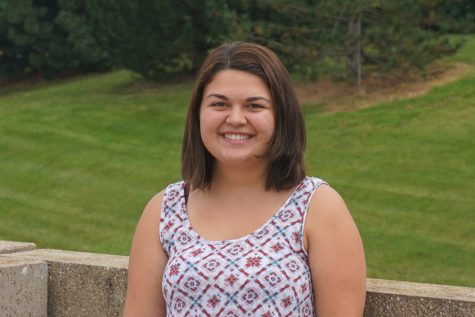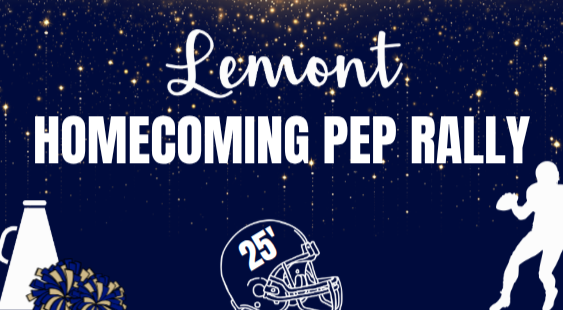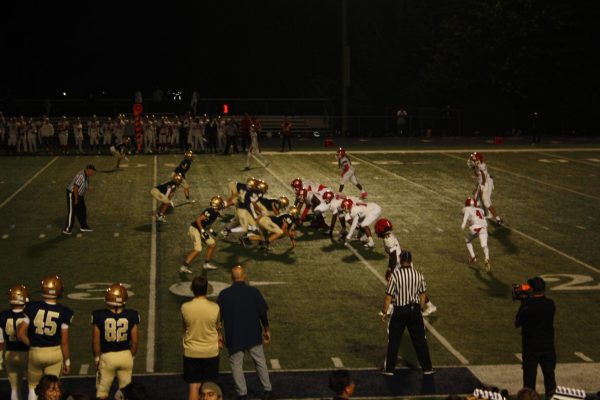The spine-chilling origin of Halloween revealed
October 31, 2016
Halloween: the fine line between fall and winter, life and death, new and old; Halloween is a time of celebration and superstition.
Halloween is thought to have originated with the ancient Celtic festival of Samhain when people would light bonfires and wear costumes to ward off roaming ghosts and evil spirits.
During the festival, people would set big fires and congregate to burn crops and sacrifice animals for their celebration.
The Celts wore costumes, typically consisting of animal heads and skins, and attempted to tell each other’s fortunes. When the celebration was over, they would extinguish the fire; they believed this protected them from sickness and the upcoming winter.
The celebration of Halloween was extremely limited in New England because of the Protestant belief systems in New England. As the beliefs of different European ethnic groups – as well as the American Indians – came together, an American version of Halloween began to manifest.
The first celebrations included parties and public events held to celebrate the harvest where neighbors would share stories of the dead, tell each other’s fortunes, dance, and sing. Halloween festivities also featured the telling of ghost stories.
By the middle of the nineteenth century, annual autumn festivities were common, but Halloween was not yet celebrated everywhere in the country.
In the nineteenth century, America was flooded with new immigrants. These new Irish immigrants helped popularize the celebration worldwide.
Borrowing from Irish and English traditions, Americans began to dress up in costumes and go house to house asking for food, a practice that eventually became a new trick-or-treat tradition.
In the late 1800s, there was a move in America to transform Halloween into a holiday more about community and neighborly get-togethers than about ghosts, pranks and, yes, witchcraft. At the turn of the century, Halloween parties for both children and adults became the most common way to celebrate this newborn holiday.
Parties focused on games, food, and festive costumes. Halloween lost most of its superstitious and religious undertones by the twentieth century.
By the 1920s and 1930s, Halloween had become a community-centered holiday, filled with parades and town-wide parties as the entertainment. By the 1950s, town leaders had successfully evolved it into a holiday directed mostly at the younger children.
Over time, Halloween evolved into an event characterized by child-friendly activities such as trick-or-treating, pumpkin carving, and costume parties.
Halloween has evolved over centuries to have what it has evolved to be today.






